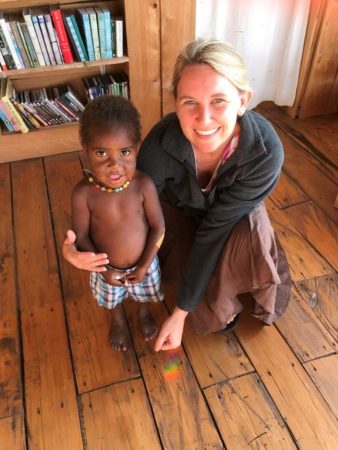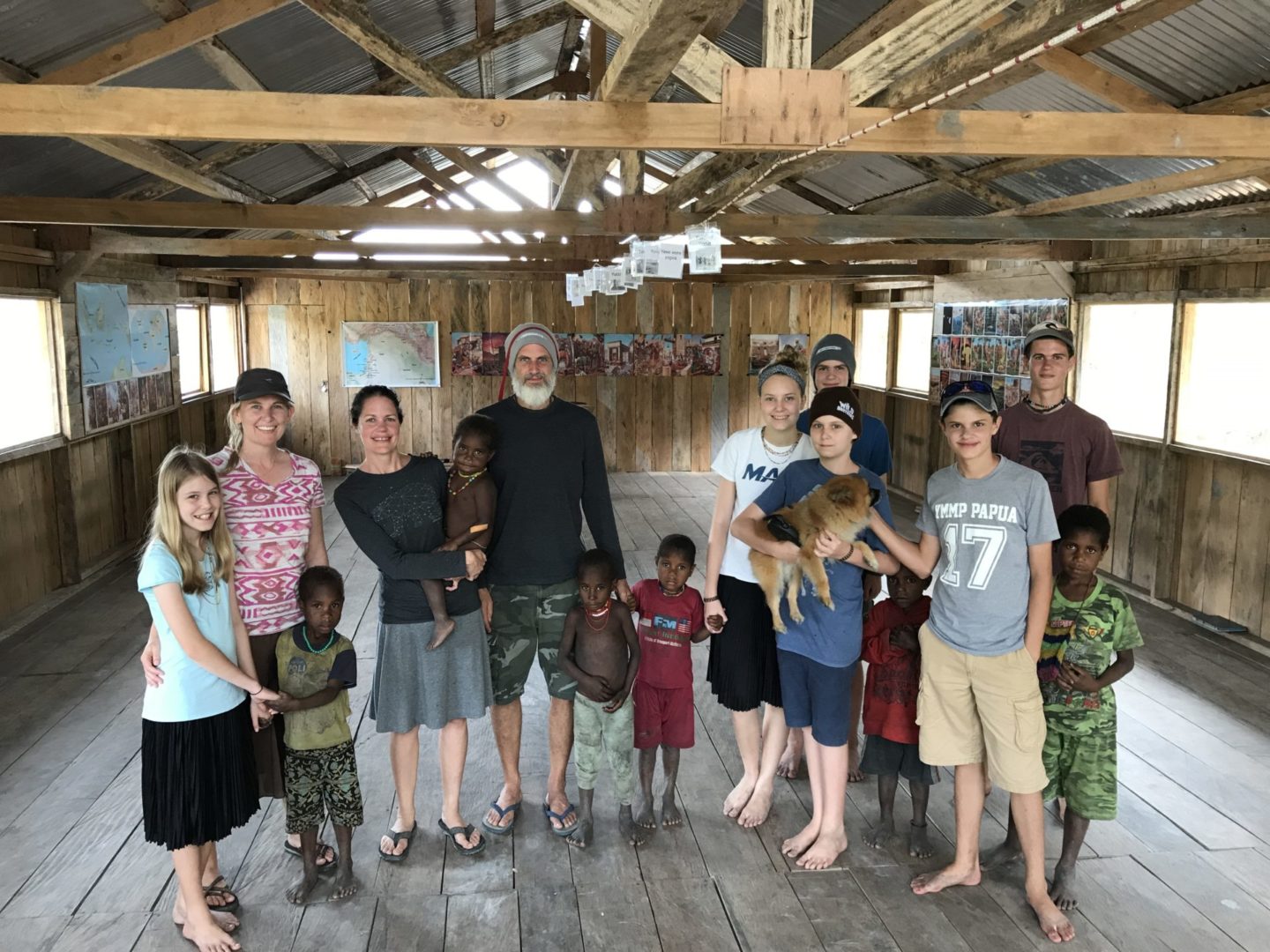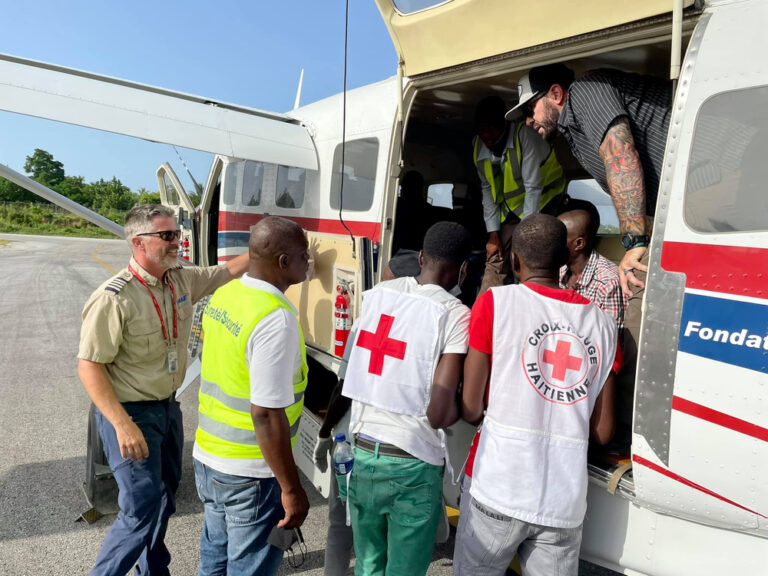An introduction to an isolated tribe featured in the new documentary Ends of the Earth
The hamlet of Mokndoma sits high in the mountains of Papua, the western half of the island of New Guinea in Asia Pacific. With no roads and limited government exposure, there has been little influence from the outside world.
You won’t find Mokndoma in any tourist guidebook, but the topography makes you think this area would be designated a national park if it were in America, with rugged mountain peaks, dense tropical rainforest, and rushing rivers.

Walking through the village is like a step back to another time. The Wano, the people group who populate Mokndoma, are living much the same way their ancestors did before them. They live in simple conical huts called honai. They cultivate sweet potatoes in their gardens and have pig feasts for special occasions. The women wear skirts, the men have their noses pierced, and almost everyone wears a beaded necklace. Anything that needs to be carried goes into a noken, a woven net bag usually worn from the head.
But in other crucial ways, the Wano people are living a new way of life very different from their ancestors. Formerly an animistic tribe, they lived in fear of the evil spirits they believed controlled everything. But after the message of Jesus’ love for them took root in the hearts of a core group of believers, the Wano in Mokndoma are walking a new path, one not of fear, but of following the way of Jesus.
These believers were taught and discipled by the Ingles and Wild families, expatriate missionaries who lived among them. Before the airstrip opened in Mokndoma in 2014, the two families used a helicopter to get in and out. The Wano put in thousands of hours of labor into the construction of the airstrip, which sits high at 7,000 feet above sea level. Since the airstrip opened, MAF has been able to provide transport, bring in medicine and other supplies, and do medevac flights.

Our family lived for a number of years in the town of Sentani, about an hour and a half flight from Mokndoma. We became friends with Mike and Libby Wild and their four boys and as we learned about their ministry, we came to have an affection for the Wano. Eventually, our family had the opportunity to visit Mokndoma in 2017.
When my husband David, who served as regional director for MAF’s operations in Indonesia at the time, flew us in, our first attempt at landing was aborted because of clouds covering the airstrip, a common occurrence at that elevation. On our second attempt, the clouds parted, and the 1,500-foot-long airstrip came into view (by contrast, a typical commercial runway at major airports is between 8,000 and 13,000 feet long).
Shortly after we landed, our Kodiak aircraft was surrounded by our friends and many of the Wano. We were met with the traditional greeting of “Wa, wa, wa!” and a handshake that involves joining knuckles and pulling back hard for a satisfying snap.

We got the grand tour of the village, including the clinic, the church, and the literacy building. I even popped into the honai of Grandma, one of Libby’s close friends, who shared a roasted sweet potato with me. One of her grandchildren handed me a roasted honeybee from a comb that was found in the jungle (if you’re wondering, it tasted like a smoky nut).

I was struck by how friendly the children were. Many times on my trips with David into villages, my attempts at friendly interaction with the village kids sent them screaming and running away. But in Mokndoma, the children came right up to us, slipping their hands into ours as we walked around.
After one of our meals, Libby and I stood at the sink together, washing dishes. The kitchen had a large window that looked out over the village. Below us, we could see a man named Liku and another man squatting on the ground, talking and playing with their children while their wives worked in the garden.
“Before the teaching, you wouldn’t have seen that,” Libby said as she handed me a soapy dish.
The teaching she referred to is the chronological teaching, from creation to Christ, of God’s redemptive plan for mankind. The Ingles and Wild families spent years learning the language and culture of the Wano, putting it into a written form, and translating portions of scripture. They also held literacy classes so the Wano would be able to read the scriptures for themselves. It all culminated in 2010 when they were able to present the teaching, and right away, there were many sincere testimonies of faith.

And then the changes began. Warriors laid down their weapons. As the men began following Jesus, they embraced their roles as husbands and fathers and were learning to help their wives. Men were trained as Bible teachers, and several of them, including Liku, began to have a desire to reach Wano in other areas.
There is much more to this story, which you will be able to watch in the upcoming documentary, Ends of the Earth. I can’t wait for you to “meet” the Wano for yourself and see how God is raising up men like Liku with a heart for evangelism, and how MAF is partnering with them to reach others with the good news of Jesus.



